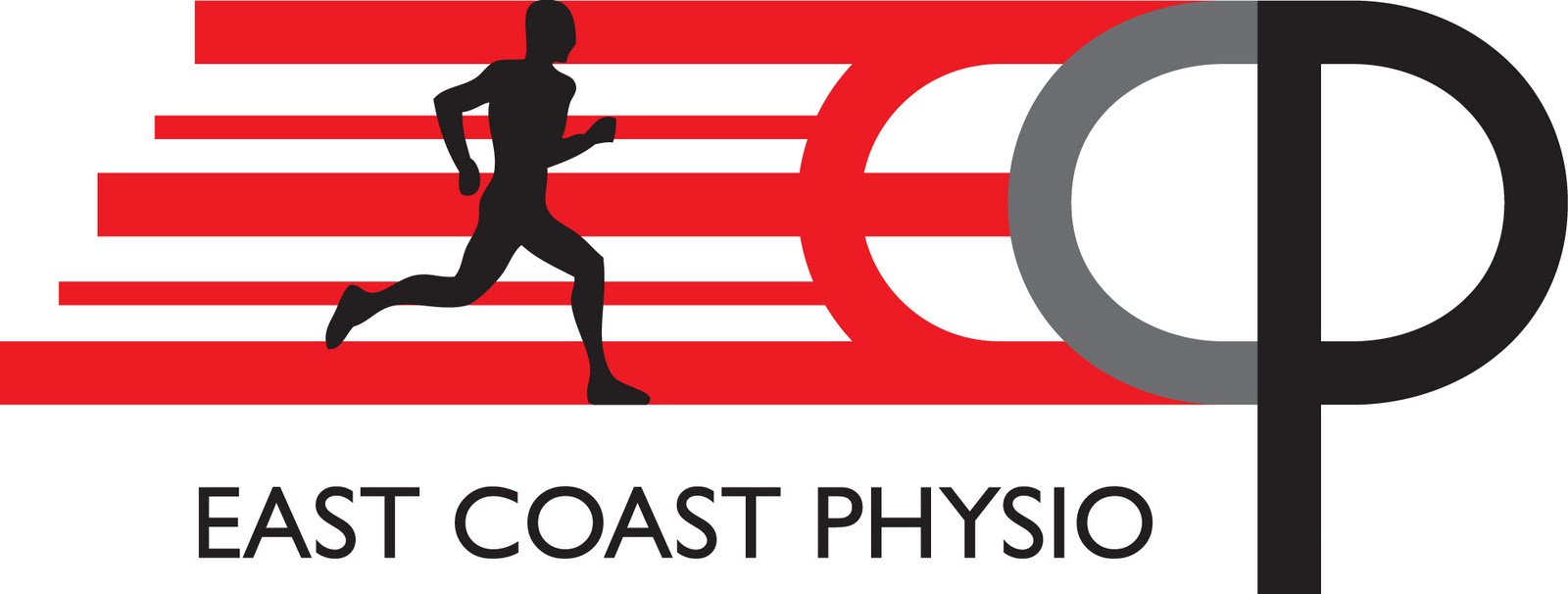Low back pain (LBP) is the most common problem we see as a Chartered Physiotherapist. Statistically up to 80% of people get LBP at one stage during their life. There are many reasons for LBP. The muscles, ligaments, discs or vertebrae/bones in our back can all cause pain. Pain may come on suddenly or slowly, it can be constant or intermittent, stay in one place or radiate to other areas. It may be a dull ache, or a sharp or piercing or burning sensation. The pain may radiate into the leg or foot, and may include symptoms other than pain, such as weakness, numbness or tingling. Large nerves that originate in the spine and go to the legs can make pain radiate to the extremities.
The majority of back pain patients are diagnosed with nonspecific acute back pain which has no serious underlying medical condition (or “pathology”). However, secondary back pain which is caused by an underlying condition accounts for a small number of the cases. The most common underlying pathology in these cases is a herniated disc or a slipped disc.
Disc pain in the lower back is common. Discs are located between the vertebrae (bones) in the back. They have a hard outside layer with a softer inner layer. When people ‘slip a disc’ the jelly like inner disc substance pushes through the outer layer and causes pain. Pain can be caused by a sudden strain on the disc from lifting in the wrong way, or a gradual strain from standing or sitting in the wrong way. For this reason it is essential to have correct posture when lifting and while in sustained positions (sitting or driving). The disc strain can be called a herniated, bulging, or protruding disc. With the appropriate care the vast majority of disc strains will reabsorb over time.
One potential source of back pain is the back muscles. Potential causes of pain in muscle tissue include muscle strains (pulled muscles), muscle spasm, and muscle imbalances (a muscle working too little or too much).
Another potential source of low back pain is the joints of the spine (facet joints). In people with spinal pain stemming from the facet joints, one theory is that the tissue lining the joints may become pinched or trapped, and cause pain. Age related wear and tear of the joint surfaces also cause pinch and cause pain.
Management
The first step is to tackle the pain itself. The aim is to restore pain-free movement as soon as possible, through hands on treatment to get the joints and soft-tissues moving normally again, and an exercise programme that complements this process. It may also be helpful to use heat or ice, and take certain medication if needed. The treatment may then progress to a strengthening programme to restore strength to the area. This is done to make the area less vulnerable to further strain. The strengthening phase may include a core stability programme which would be prescribed based on a person’s individual weaknesses. An example of some of these exercises can be found on our blog (http://eastcoastphysio.blogspot.com/2010/11/core-stability-exercises.html).
The rule of thumb with LBP is that if it lasts more than 72 hours get in touch with your Chartered Physiotherapist.

No comments:
Post a Comment